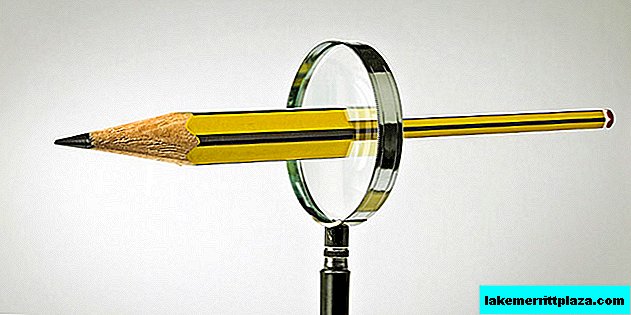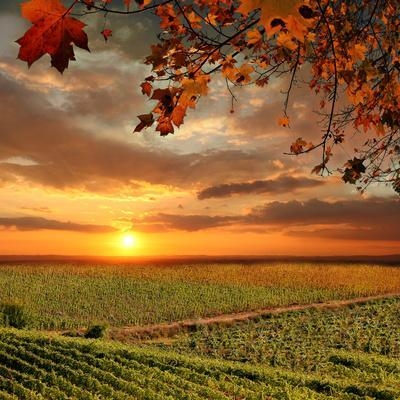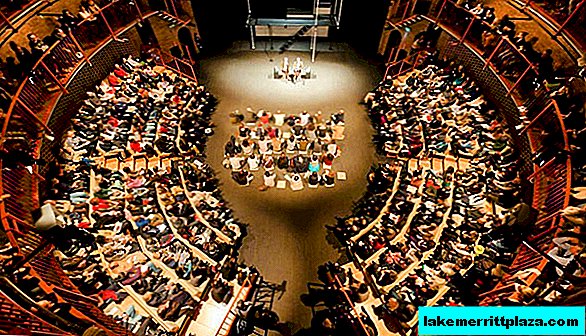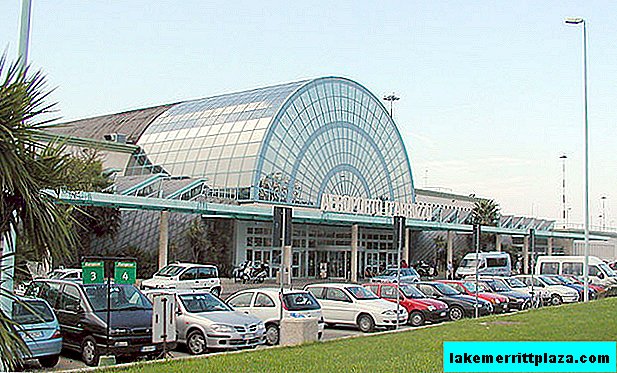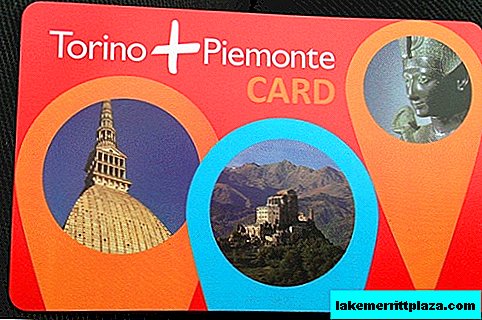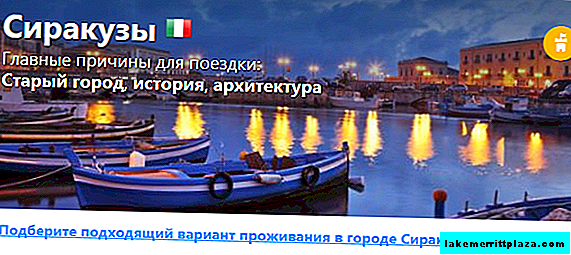Villa Borghese is a very beautiful park with wonderful sculptures, with purely Italian vegetation and a very festive atmosphere. If you want to take a break from the Roman fuss - you are here. Take a walk in the park, go to museums, rent a bike and drive everything. Have great fun!
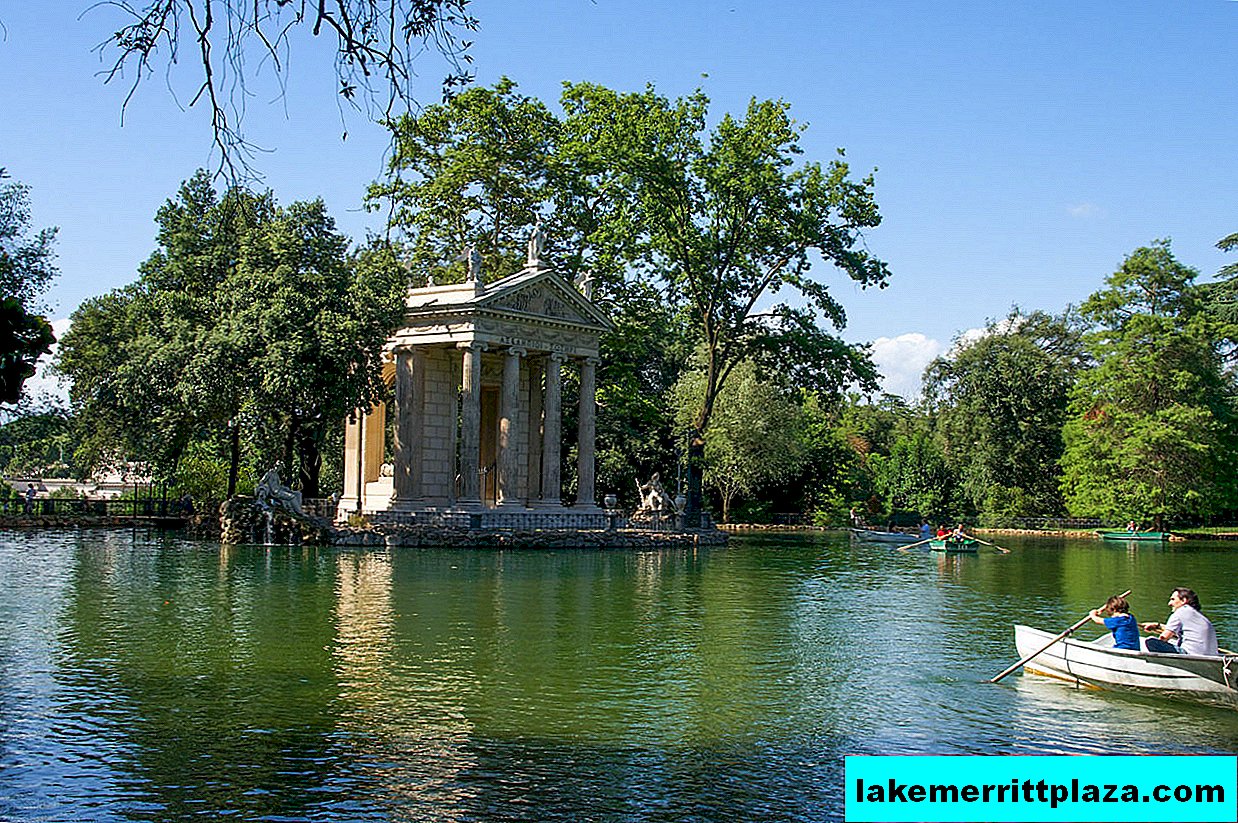
Park Villa Borghese
Borghese family
The Villa Borghese landscape park occupies 80 hectares of land on the side of the Pincho hill in Rome. The founder of the park was Marcantonio Borghese - a native of Siena, a representative of the wealthy clan Borghese. In 1550, he married a Roman woman and bought a large plot of land occupied by vineyards. In 1612, Cardinal Shipione (Scipio) Borghese, nephew of Pope Paul V (son of Marcantonio), began construction of a family villa. The project was carried out by architects Flaminio Ponzio and Giovanni Vasancio.

Entrance from the piazzale Flaminio
Borghese's family passion was collecting art. Despite religious beliefs, family members took out the exhibits in various and not always righteous ways. In the 17th century, Cardinal Shipione created the Borghese Gallery. In the middle of the beautiful park, a white renaissance palace grew. The facade was designed by Flaminio Ponzio.
Villa Borghese - public landscape park





In the XIX century, the territory of the villa was expanded by joining neighboring lands. Luigi Canina designed part of the park in an English landscape style. In 1902, the Borghese clan stopped. Umberto I bought the villa and transferred it to the Roman municipality.
Villa Borghese has become a popular public park. The vast territory presents garden landscapes of various styles, beautiful fountains and statues, there are even monuments to Russian writers - Pushkin and Gogol. On the shore of an artificial lake is a miniature Greek temple - an imitation of the temple of Aesculapius. On the water of the lake you can ride on a rented boat. The park has created many recreation areas, there are children's attractions and a Biopark for kids (most of the animals live there not in cages, but in natural conditions).

Garden, Lake and Temple of Aesculapius
Museums
The villa has three important museums:
- Borghese Gallery,
- National Museum Villa Giulia with the largest collection of Etruscan art,
- National Gallery of Modern Art.
Borghese Gallery
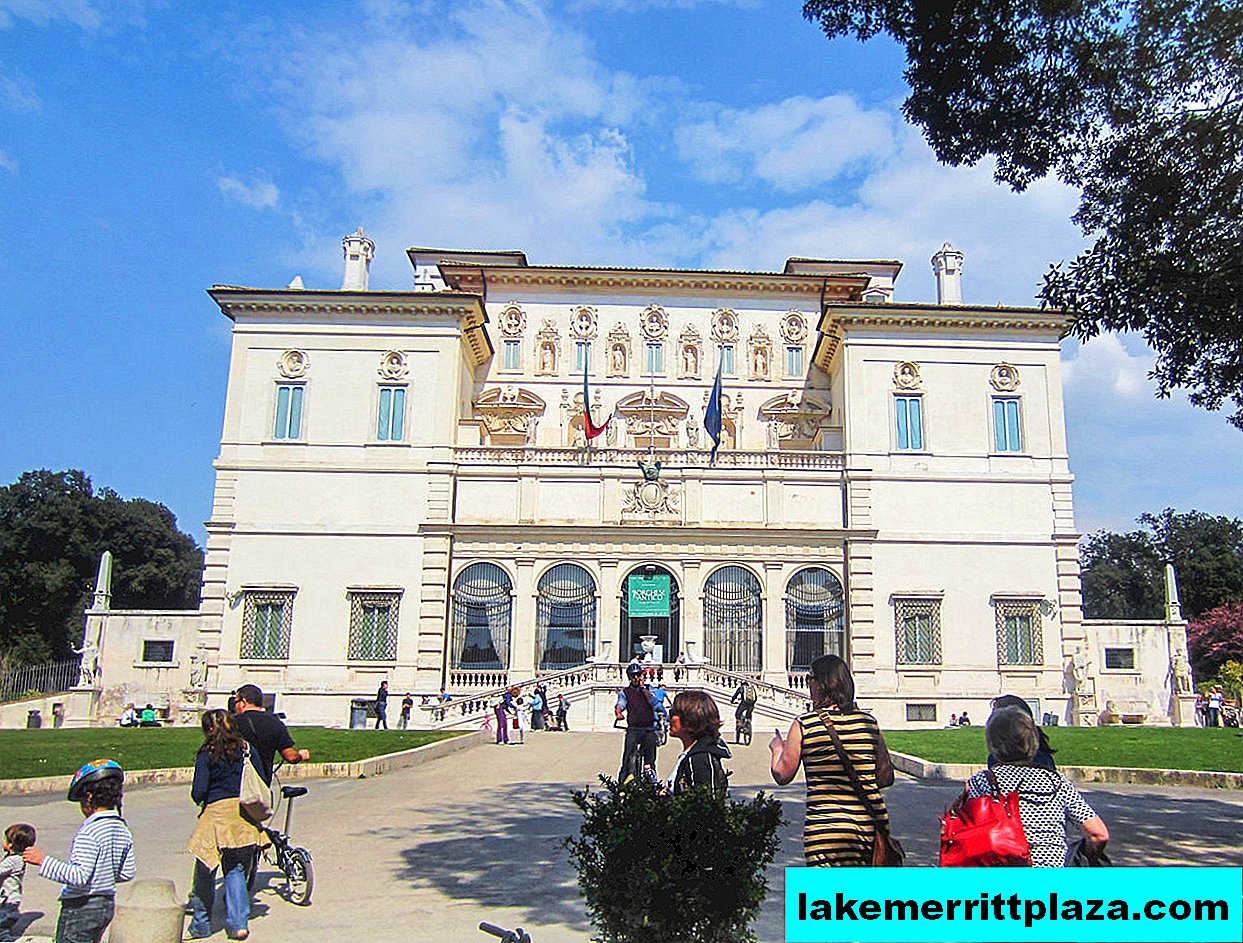
Galleria Borghese, photo stavers
The basis of the collection of the Borghese Gallery (Galleria Borghese) was the family collection of the famous family. On the second floor, paintings are exhibited, on the first - sculptures. The wealth of the Borghese collection could be envied by the Louvre and the Hermitage. The exhibition has paintings by Caravaggio, Titian, the famous masterpieces of Raphael, paintings by Bellini, Bartolomeo, Rubens.
The center of the sculptural exposition is considered the creations of the great Bernini, which are distinguished by their unique realism and grace. Scipio Borghese was an ardent admirer of his work. Bernini's works are dedicated to several museum halls. Among them is a graceful sculpture from Carrara marble "The Abduction of Proserpine"; statue of David; Apollo and Daphne. The sculpture of Antonio Canova Paolina Bonaparte in the image of Venus is one of the pearls of the Borghese collection.
Address: Piazzale Scipione Borghese, 5, 00197 Roma.
Website: galleriaborghese.beniculturali.it.
Opening hours: VT-SR, Fri-Sun 09: 00-19: 00; Thu 09: 00-21: 00; Sun off.
Tickets: full - € 13.50; preferential - € 6.50. Tickets must be ordered in advance on the official website, the cost of booking is € 2.
Gallery of Modern Art
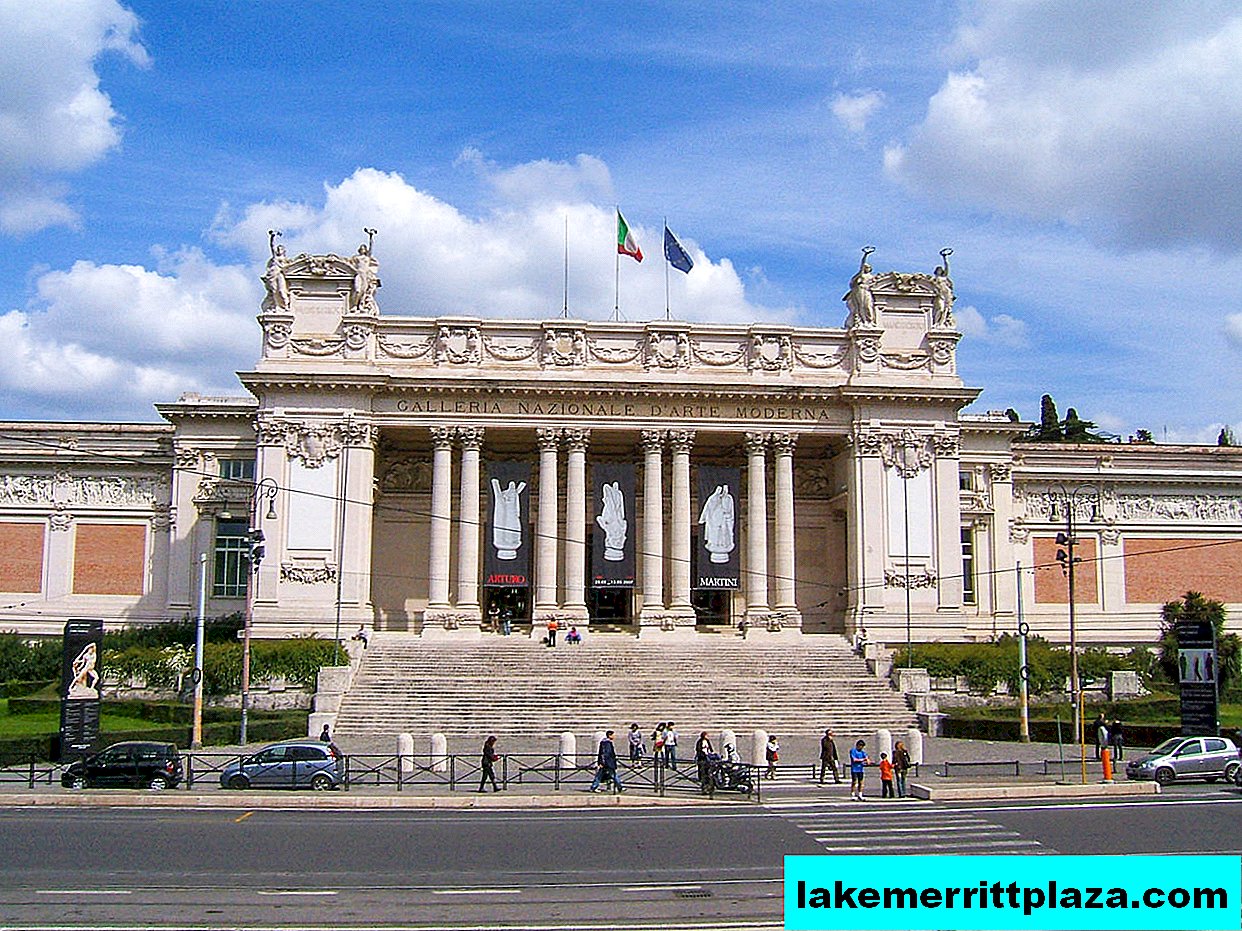
National Gallery of Modern Art (Galleria Nazionale d'Arte Moderna), photo by Mario Positello
In the collection of the gallery of modern art (Galleria Nazionale d'Arte Moderna, abbreviated GNAM), you can see the works of Van Gogh, Klimt, Kandinsky, Rodin, Modigliani and other masters of the XIX - XX centuries. In 75 halls, more than 5,000 paintings and sculptures from different eras are presented. This museum has existed since 1883, and exhibition facilities at Villa Borghese were opened in 1933-34.
Address: Viale delle Belle Arti, 131, 00197 Roma.
Website: lagallerianazionale.com.
Working hours: VT-VS 08: 30-19: 30; Sun off.
Tickets: full - € 10; preferential - € 5.
Museum of Etruscan Art
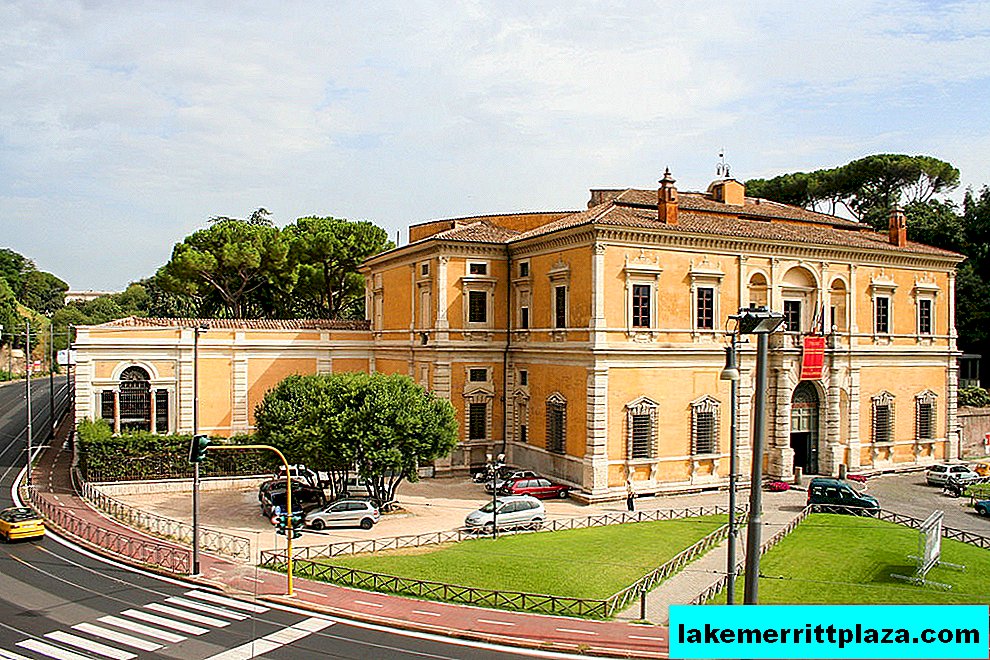
National Museum of Etruscan Art (Museo Nazionale Etrusco di Villa Giulia), photo by Alvaro de Alvariis
The Museum of Etruscan Art (Museo Nazionale Etrusco di Villa Giulia) is located in Villa Giulia, the former suburban summer residence of the popes. It was built in 1550-1555 by the architect of the Mannerism era Bartolomeo Ammannati for Pope Julius III. Objects from excavations of necropolises are exhibited here: sarcophagi and ancient figurines, dishes and decorations, bas-reliefs. This is the largest Etruscan art collection in the world. In the halls, reconstruction of models of the Etruscan cities of Vulchi, Cerveteri, Todi, Wei is presented.
Address: Piazzale di Villa Giulia, 9, 00196 Roma.
Website: villagiulia.beniculturali.it.
Opening hours: VT-VS 09: 00-20: 00; Sun off.
Tickets: full - € 8; preferential - € 4.
The steps of the famous Spanish Steps lead to the villa directly from Spanish Square. Another entrance to the park is located on Piazza del Popolo.
Villa Borghese is a public park, so admission is free.
How to get there
Take line A metro to Spagna Station in Plaza Espana; exit towards the signs for Villa Borghese - Via Veneto.

